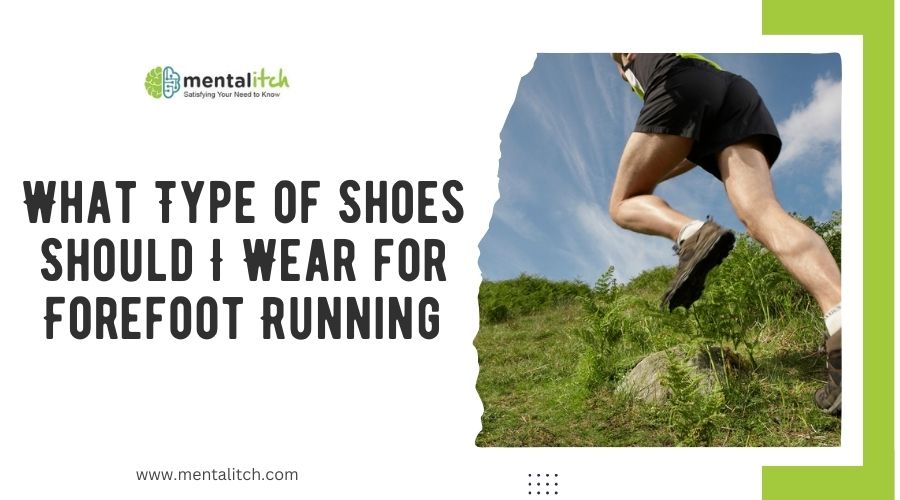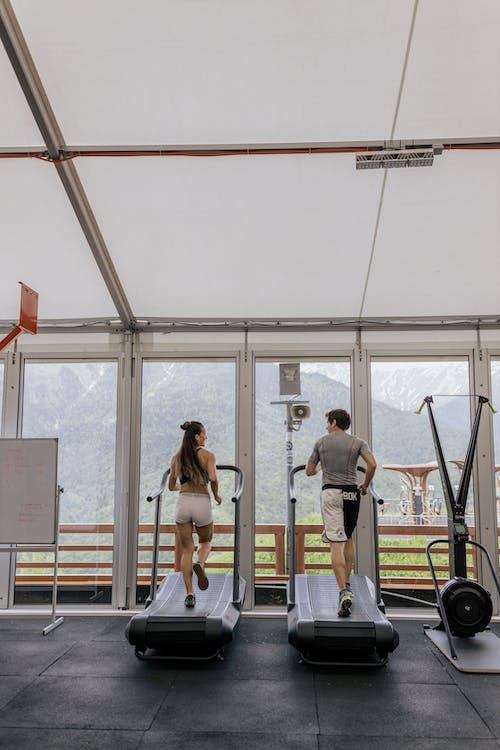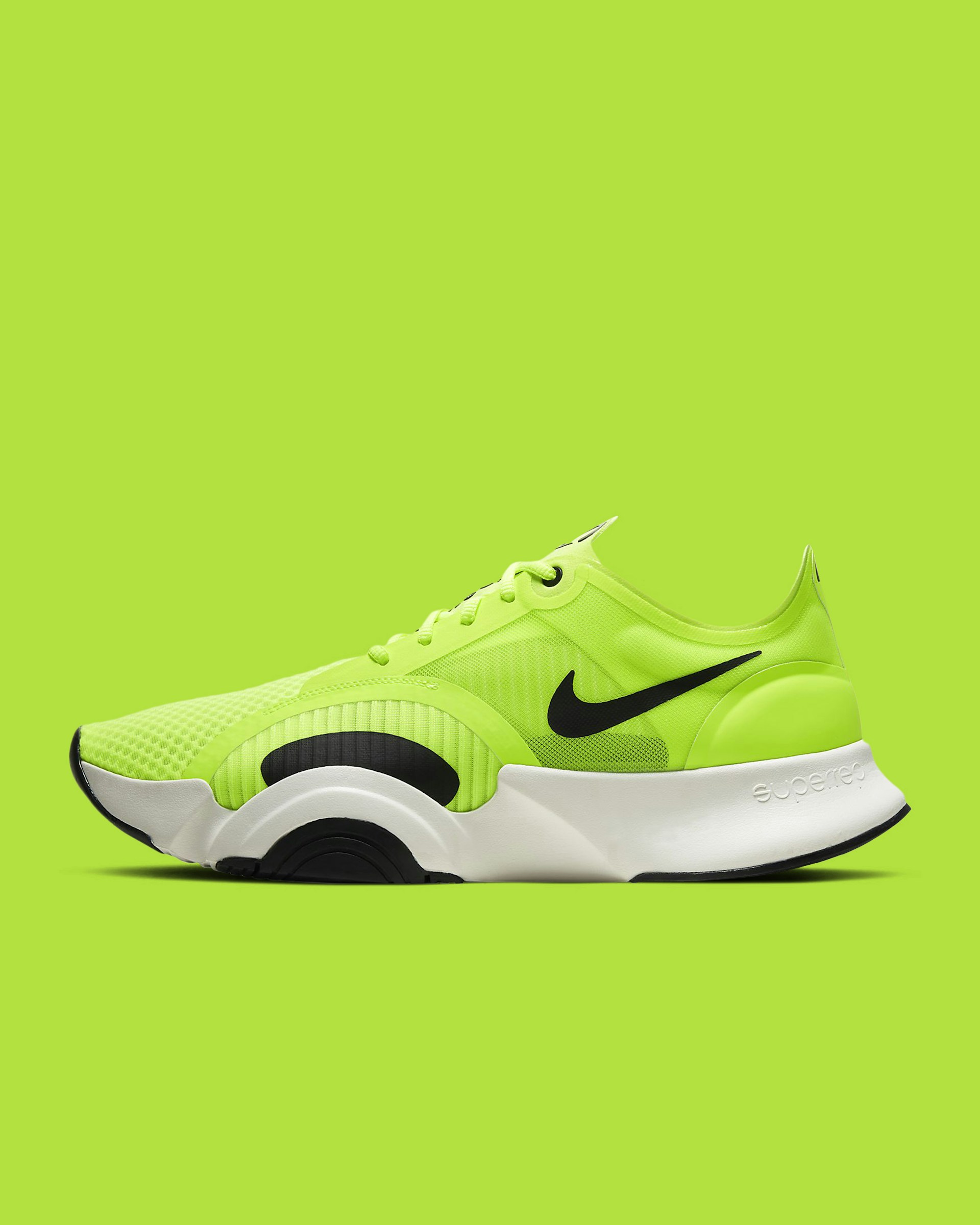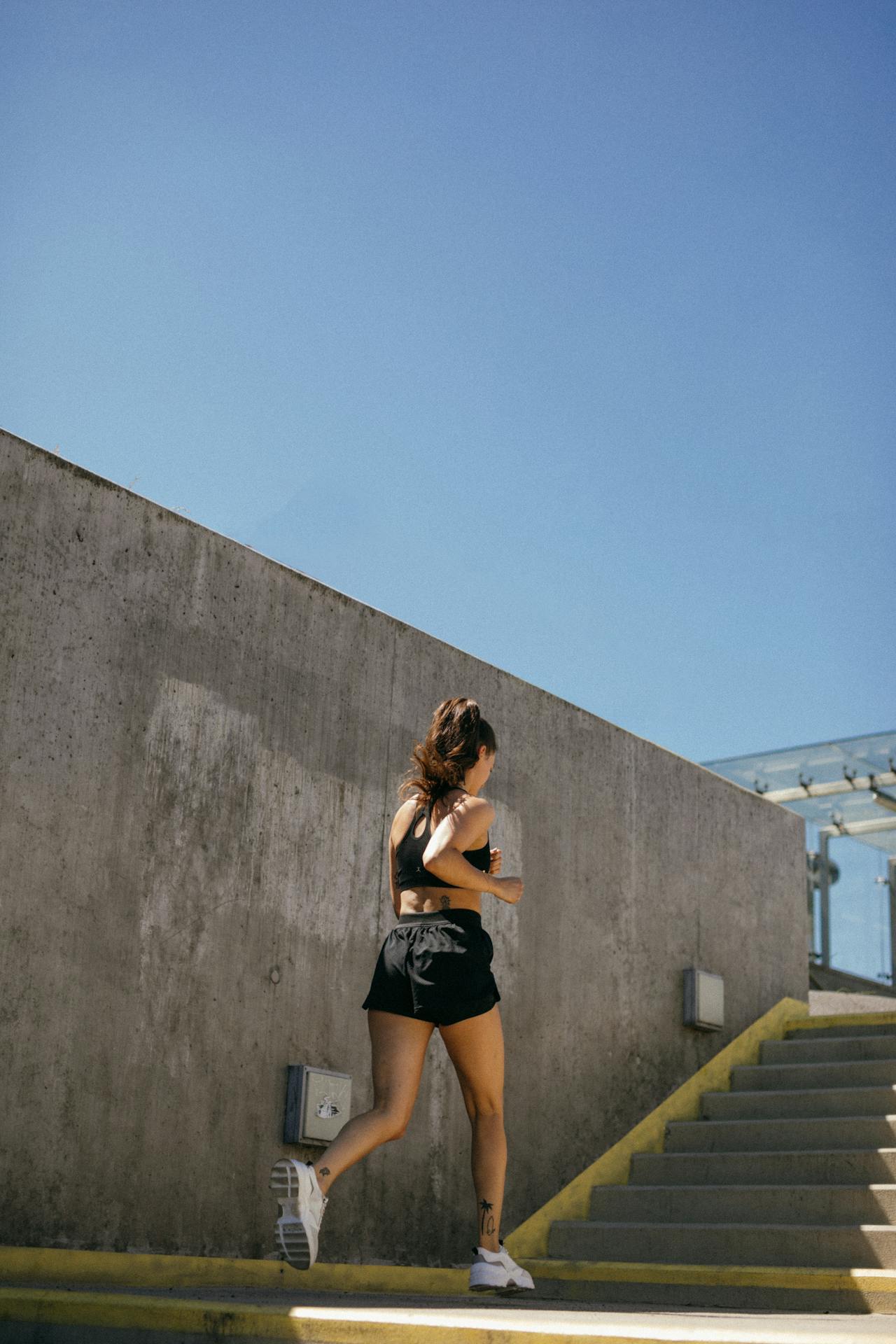Embarking on the journey of forefoot running is akin to learning a new dance; you’ll need the right shoes to move in harmony with the rhythm of your strides.
As you consider your options, it’s crucial to look for shoes that support the natural flow of your foot’s movement. Flexibility, cushioning, and a low heel-to-toe drop are your guiding stars in this quest.
But how do you navigate the vast sea of options to find the perfect pair? Stay tuned as we explore the key features that make a shoe ideal for forefoot runners like you, ensuring your steps are both comfortable and effective.
Key Takeaways
- Choose shoes with a lower heel-to-toe drop of 6mm or less for natural foot strike.
- Opt for shoes with a wider toe box to enhance balance and stability.
- Minimal cushioning in the forefoot area is essential for mimicking a barefoot feel.
- Ensure the shoes offer flexibility for natural foot movement and proper toe splay.
Understanding Forefoot Running
Forefoot running, which involves landing on the ball of your foot before your heel, can significantly reduce joint impact and enhance your running efficiency. This method is a game-changer for many runners, particularly those who’ve struggled with injuries related to traditional heel striking. By adopting a forefoot strike, you’re not only minimizing stress on your knees and hips but also engaging your calves and Achilles tendon more effectively.
To fully embrace this technique, it’s crucial to select the right running shoes for forefoot strikers. These shoes typically feature a lower heel-to-toe drop, encouraging a more natural running posture and facilitating the forefoot landing. Unlike conventional running shoes, which often have a significant drop to support heel striking, shoes suitable for forefoot running aim to mimic a barefoot running experience. This means minimal cushioning and more flexible soles, allowing your feet to move and adapt to the terrain naturally.
Moreover, opting for shoes with a wider toe box can significantly improve your comfort, enabling your toes to splay naturally upon landing, which is essential for maintaining balance and stability as a forefoot runner.
Importance of Flexibility and Cushioning
While selecting the right shoes is crucial for forefoot strikers, understanding the role of flexibility and cushioning in these shoes is equally important for your running comfort and injury prevention. The perfect balance of these elements in forefoot running shoes can significantly affect your running experience, making it smoother, safer, and more enjoyable.
- Flexibility allows your feet to move naturally and facilitates proper toe splay, which is crucial for a comfortable and effective running gait.
- Adequate cushioning in the forefoot area helps absorb impact forces, reducing the strain on your feet during the toe-off phase and decreasing the risk of injury.
- Responsive cushioning not only provides protection but also contributes to propulsion and energy return, enhancing the efficiency of your stride.
- Balancing flexibility and cushioning ensures that you enjoy both the natural foot movement and the necessary support to tackle long distances without discomfort or the risk of injuries like metatarsalgia and stress fractures.
Incorporating shoes that offer both flexibility and cushioning tailored to forefoot running can significantly enhance your performance while safeguarding against common running injuries.
Identifying the Right Drop
When you’re choosing shoes for forefoot running, understanding the significance of the shoe’s drop is crucial. You’ll find that a drop of 6mm or less is often optimal, as it can significantly impact your performance and reduce injury risks. This range not only supports a natural foot strike but also ensures you maintain stability and control with each step.
Understanding Drop Importance
Identifying the right heel-to-toe drop in your running shoes is crucial for optimizing your forefoot running technique and preventing injuries. If you’re a forefoot striker, you’ll find that a lower drop can significantly impact your running form and comfort. Here’s why:
- Forefoot runners thrive with a lower heel-to-toe drop, often 6mm or less, fostering a more natural stride.
- Lower drop shoes minimize heel material, benefiting forefoot strikers by reducing unnecessary heel lift.
- Models like the Saucony Endorphin Rift balance a 6mm drop with a 27mm stack height under the forefoot, offering both support and stability.
- Increased stack height under the ball of the foot with lower drops enhances control and engagement, crucial for effective forefoot running.
Optimal Drop Range
Having understood the importance of heel-to-toe drop, it’s crucial you know how to pinpoint the optimal range for your forefoot running shoes.
For forefoot runners like you, shoes with a lower heel-to-toe drop of 6mm or less are typically more beneficial. They encourage a more natural foot strike pattern, enhancing your running efficiency. This lower drop reduces unnecessary material under the heel, promoting a more efficient forefoot landing.
Contemporary shoes designed for forefoot strikers may offer a heel-to-toe drop ranging from 6-9mm, striking a balance between stability and performance. Opting for shoes within this drop range also increases the stack height under the ball of your foot, providing additional cushioning and support crucial for maintaining stability and comfort.
Drop Impact on Performance
Selecting the right shoe drop can significantly influence your running performance, especially for forefoot runners. Understanding the relationship between heel, drop, and stack height is crucial in identifying the optimal shoe. Here’s why:
- Lower heel-to-toe drop reduces unnecessary material under the heel, benefiting forefoot strikers by eliminating excess weight.
- A drop of 6mm or less is often ideal for forefoot strikers, promoting optimal performance.
- Lower drop shoes typically increase stack height under the ball of the foot, improving forefoot engagement.
- Models like Saucony’s Endorphin Rift, with a 6mm drop and 27mm stack height under the forefoot, offer stability and support tailored for forefoot runners.
Choosing the right drop helps you engage your forefoot more effectively, enhancing your running experience.
Structural Considerations for Stability
When you’re choosing shoes for forefoot running, it’s vital to consider features that enhance stability.
Look for anatomical support features and impact absorption technology, as they’re key to maintaining your foot’s alignment and reducing stress during your run.
These elements ensure you’re not just comfortable, but also protected against common injuries associated with this running style.
Anatomical Support Features
Consider shoes that zero in on supporting the metatarsal bones and arches, as this feature is crucial for preventing overpronation in forefoot running. When selecting your next pair of running shoes, it’s essential to focus on anatomical support features that align with the unique demands of forefoot striking.
Here’s what to look for:
- Metatarsal support to stabilize and support your foot’s structure.
- A wider toe box that facilitates natural toe splay, enhancing balance and comfort.
- Lower heel-to-toe drop to encourage a more natural foot strike and alleviate Achilles tendon stress.
- Cushioning in the forefoot area to provide impact protection and comfort specifically tailored for forefoot strikers.
Choosing shoes with these features will help you run more efficiently and reduce the risk of injury.
Impact Absorption Technology
After exploring the essential support features for forefoot running shoes, let’s focus on how impact absorption technology plays a pivotal role in enhancing your running stability and comfort. For you as forefoot runners, this technology is crucial in reducing stress on your forefoot and Achilles tendon. Specialized cushioning materials, like EVA foam, absorb and distribute impact forces, ensuring you’re not just comfortable but also protected on your runs.
Moreover, heel counters and shanks provide the extra support needed to prevent excess movement, crucial for your forefoot striking pattern. The outsole isn’t left out; its strategic rubber compounds and traction patterns enhance grip and durability. Together, these features optimize performance and comfort while aiming to prevent injuries, making them indispensable in your running gear.
Running Surfaces and Shoe Traction
Selecting the right shoe traction can significantly enhance your stability and control over diverse running surfaces. When you decide to embark on trail running, the importance of shoe traction can’t be overstated. The terrain is unpredictable, ranging from muddy paths to rocky inclines, and the right type of shoe traction is essential to maintain your grip and stability. Trail running shoes are specifically designed with deep lugs that provide the necessary grip to prevent slips and falls, allowing you to navigate through challenging terrains confidently.
To help you understand, consider these key points:
- Trail running shoes have aggressive lugs that ensure excellent traction on rugged terrains.
- Shoe traction plays a pivotal role in maintaining stability and control on uneven surfaces.
- Road shoes may not offer the grip and traction required for effective trail running.
- The deep lugs on trail shoes are essential for a better grip, especially on rocky or muddy paths.
Proper Sizing and Fit
While understanding the importance of shoe traction for trail running, it’s also crucial to ensure your forefoot running shoes fit properly for optimal performance and comfort. Begin by accurately measuring both feet, as it’s common to have slight differences in size. This step is essential in selecting the correct size for your forefoot running shoes. A snug fit in the toe box is vital for stability during your runs, yet there should be ample room to allow your toes to move freely.
Don’t overlook the importance of referring to the brand’s sizing chart. It’s a valuable tool that can guide you to the most suitable size for your forefoot running needs, ensuring you get the fit just right. Moreover, mastering different lacing techniques can significantly enhance the fit and overall comfort of your shoes.
Conclusion
In conclusion, for forefoot running, you’ll need shoes that prioritize flexibility, cushioning, and a low heel-to-toe drop. Look for options with ample forefoot cushioning and flexibility to support your natural stride. A low drop (6mm or less) is key for maintaining proper form.
Don’t overlook the importance of stability, traction, and a snug fit to enhance your running experience. Choosing the right shoes can significantly impact your performance and comfort on various surfaces.




